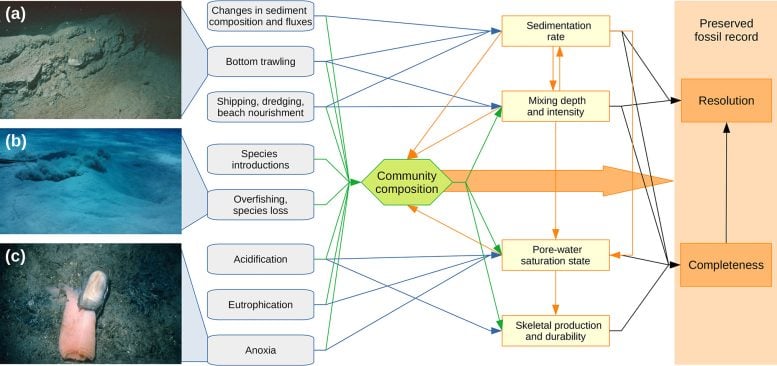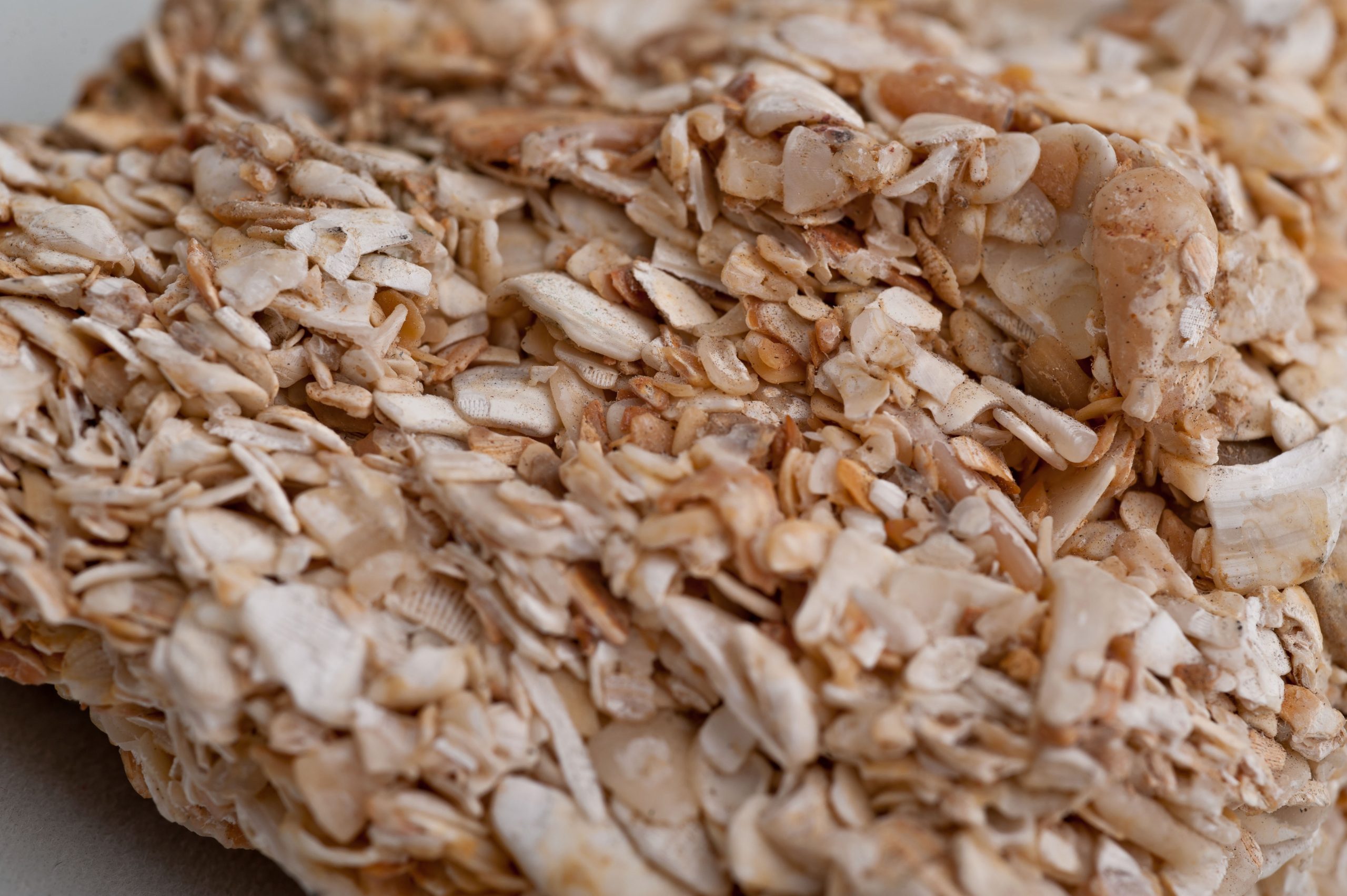Human activities are significantly impacting the preservation of marine fossils, with effects that both obscure and clarify our historical understanding of ecosystems. Advances in research methods are helping scientists navigate these complexities to better conserve and restore marine environments.
Recent research reveals that human activities are dramatically changing how marine organisms are preserved, leading to lasting impacts that can both enhance and degrade the fossil record.
“We are not only changing the environment; we’re also changing the nature of the record that archives this information,” said Michal Kowalewski, the Thompson chair of invertebrate paleontology at the Florida Museum of Natural History. “These changes can be both good and bad. On one hand, human activities can prevent the fossil record from preserving useful information about ongoing changes. In other situations, human actions can actually enhance the quality of the currently forming fossil record, thereby providing more information.”
If not properly accounted for, these effects on the fossil record can lead to misinterpretation of data vital for conservation efforts. Humans began altering ecosystems long before they began systematically studying them. In many places, the only way scientists can know what an ecosystem looked like before the arrival of humans is to look back at the recent fossil record.
“We use fossils in conservation to understand the transition from natural, pristine environments to the ones we have today,” Kowalewski said. When scientists know what a degraded ecosystem looked like before it was altered, they know what to aim for when trying to restore it.
Kowalewski and his colleagues specialize in marine paleoecology and co-authored the study with a focus on fossil beds in the world’s oceans. In these environments, the authors say, there are several interconnected factors that influence fossilization, including the rate at which sediment accumulates on the seafloor, the extent to which animals burrow through the sediment, the depth at which remains are buried, and how quickly certain fossils disintegrate over time.
The Effect of Bottom Trawling
All of these factors can and have been influenced by humans. The practice of bottom trawling, in which a net is dragged along the seafloor, mixes, and churns sediment, infusing it with oxygen that breaks down organic remains.
On a global scale, bottom trawling is estimated to kick up as much sediment into the water column as is deposited into oceans from all of the world’s rivers.

“I was surprised when working on this study that the impacts of bottom trawling are so widespread,” said lead author Rafal Nawrot, a paleontologist at the University of Vienna. Nawrot studies changes in marine ecosystems that have occurred since the last ice age, a field in which knowing the various factors that help or hinder fossilization is critical.
He recounted one study in which he and colleagues found a distinct lack of large shells from sediment cores drilled into the seafloor. “Given what we now know about the intensity of trawling in some of the areas we were working in, this pattern may just be an artifact of their removal by nets dragged through the seafloor.”
Unintended Consequences of Human Actions
Alterations to the fossil record can be indirect as well. Local extinctions caused by human activity and the introduction of invasive DOI: 10.5194/bg-21-2177-2024
Funding: U.S. National Science Foundation, Agentúra na Podporu Výskumu a Vývoja, Vedecká Grantová Agentúra MŠVVaŠ SR a SAV, Italian Ministry of University and Research











/https://tf-cmsv2-smithsonianmag-media.s3.amazonaws.com/filer_public/34/31/3431771d-41e2-4f97-aed2-c5f1df5295da/gettyimages-1441066266_web.jpg)








Discussion about this post